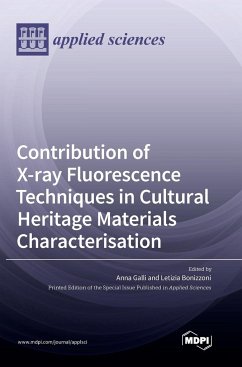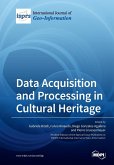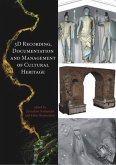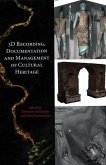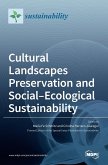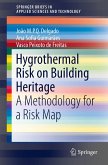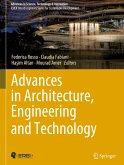Archaeometry and cultural heritage have lately taken advantage of developments in scientific techniques, offering valuable information to archaeology, art history, and conservation science, involving both instrumental and non-instrumental approaches. Among the possible techniques, X-Ray fluorescence (XRF) has become one of the most applied techniques for cultural heritage elemental material characterization due to its user friendliness; fast, short acquisition times; portability; and most of all, its absolutely non-destructive nature. For this reason, besides being often a first choice for a preliminary overall materials investigation, XRF spectrometers and spectra data handling methods have continuously improved, giving rise to many variations of the same technique; portable spectrometers, micro-probes, and large area scanners are all variations of a very flexible technique. This Special Issue collects papers dealing with most of the analytical techniques related to XRF spectroscopy appropriate for applications to Cultural Heritage materials. We dedicate this Special Issue to the loving memory of Professor Mario Milazzo, a pioneer of Archaeometry in Italy, awarded in 2002 the Gold Medal for Culture by the Italian President. He is remembered as a generous and pleasant man with an insightful, logical mind, who was able to find an appropriate joke for every situation. Many of us following his footsteps in the research field of applied physics for Cultural Heritage still appreciate his vision, teaching, and impact on our lives.

